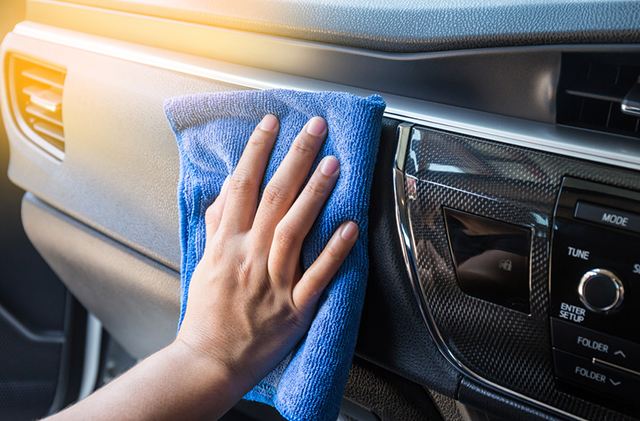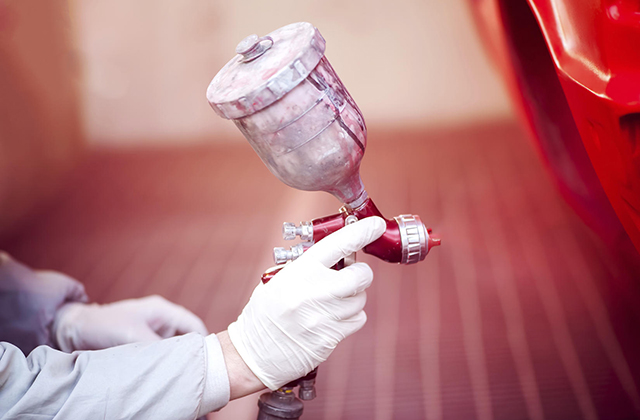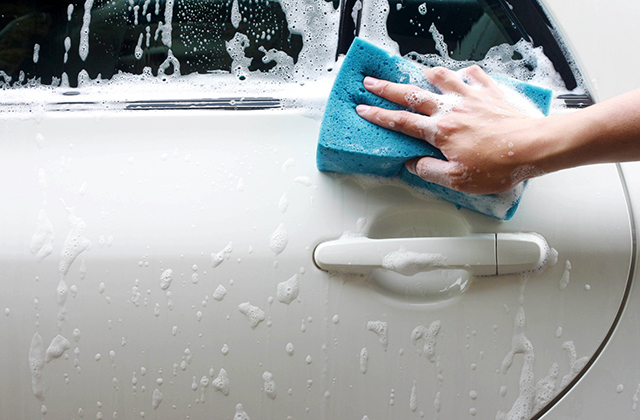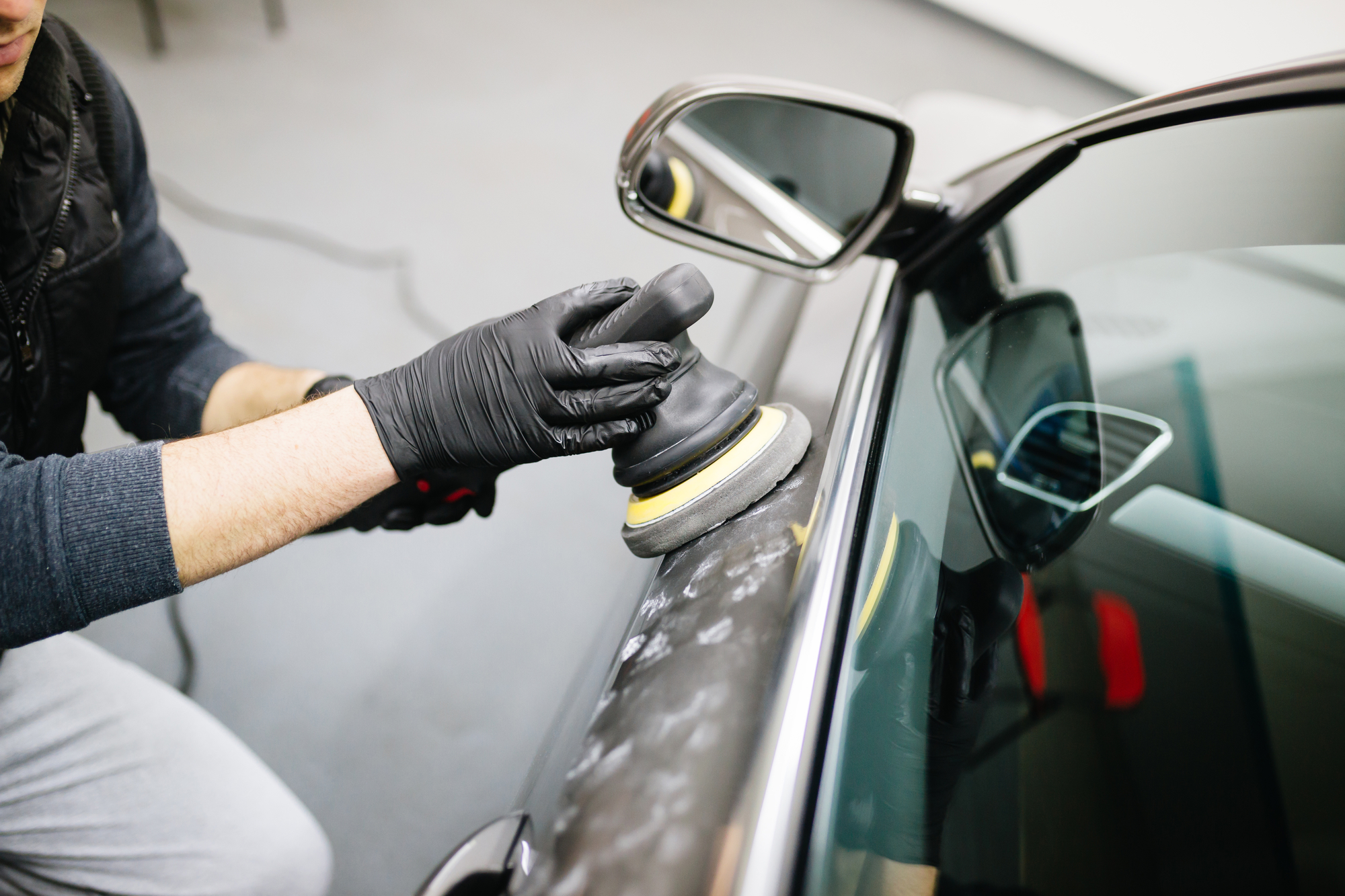Dual action polisher has a smoother running, conventional random orbital polisher with a throw of 21 mm that ensures a perfect finish with its random orbital motion and exceptionally large throw. With the show and racing season wrapped up and the temperature beginning to drop, it is time to start thinking about what you are going to do with your ride. Many of you will drive your car over the winter months; many others will store your car for the winter. Information on storing your car will not apply to all, especially those in the sunny southern states. However, if you plan to store your car during the winter months, this is a must read. Carnauba wax like Turtle Wax is the leading liquid car wax that also works as a car buffer without damaging your car.
Cleaning
Getting your vehicle clean now will be much easier than after it has sat for a few months. Clean the car completely. A thorough clean will include the interior, exterior, undercarriage and under the hood. Any dirt that has accumulated on the vehicle will be much easier to remove now than after it has set for several months. Starting with the interior, be sure to vacuum, dust, and clean everything. The cleaner the car is, the better it will handle storage. Make sure you thoroughly wash the undercarriage. The dirt left on the undercarriage will rust or corrode metal parts while in storage. Cleaning the exhaust thoroughly, especially chrome or stainless exhaust tips will help to keep it from corroding. Once you are done with the undercarriage, it is time to move on to the exterior. Wash the vehicle. Washing can be a daunting task but in the end, it will be worth it. Once the car is clean, give it the best wax job it has ever seen. Wax everywhere there is paint – your car will love you for it. Polish any chrome on the car to keep it preserved over the winter months. Go over the vehicle and make sure it is completely dry before putting it away. Any moisture that remains will corrode metal parts while the vehicle is in storage.
Maintenance/Preparation
Preventative maintenance will help prepare your car for sitting over the winter. You should change the following fluids:
o Engine Oil
o Brake Fluid
o Coolant
o Washer Fluid
o Clutch Fluid
The next step in preparing your car for storage is to change the engine oil and filter. As soon as a vehicle is driven after an oil change, small amounts of condensation begin showing up inside the engine. If the vehicle is not being driven, this moisture increases the risk of rust on internal engine parts. By changing the oil prior to storage, you will minimize the moisture in the system. You should be sure to use synthetic oil, as it has enhanced coating properties and does not break down as easy as regular oil.
You should then top off your gas tank. Since most gas tanks are metal, by filling up the gas you will not allow moisture to form from the gas vapors which can cause corrosion. A fuel stabilizer should also be used, as gasoline can break down over an extended period of time.
Next, disconnect the battery. If the car will be stored for an extended period of time, remove it completely. Age and low temperatures in the winter can cause batteries to crack, thus subjecting your engine bay to battery acid. You should also use some type of battery maintainer or battery tender. These devices connect to your battery terminals and will provide the battery a continuous and consistent charge. Battery maintainers will shut down periodically to prevent overcharging. Vehicles have electrical accessories that can use battery power even when the car is not running and will run the battery dead. Battery maintainers can extend the life of the battery in your stored car.
You have a few options on how to protect the tires. You can jack up the car and place it on jack stands, coat the tires in lithium grease, or over inflate the tires. By placing the vehicle on jack stands it will prevent the tires from developing flat spots and it also reduces the strain on suspension bushings and other parts. Another option is to coat the tires in lithium grease. This is done to prevent the tires from drying out, cracking or developing leaks. You should not use petroleum based lubricants, such as Vaseline or Armor All, because they will eventually dry out and will actually dry and crack the tires. Lastly, by over inflating the tires you will prevent them from developing flat spots.
Use a silicone lubricant or lithium grease to coat the weather stripping and door seals. This will preserve these seals over the storage period. Also, make sure you lubricate the door hinges, door latches, door locks and the hood and trunk latches as well. If these latches lose their lubrication, they will become difficult to open.
Your next concern is critters, such as mice or other vermin that can get into your car and destroy it. You should plug your tail pipe with aluminum foil or steel wool to protect it from mice getting into it. You may also want to do the same on your intake, depending on its design.
You should roll up all the windows on the vehicle and also keep the doors, trunk, and hood closed to eliminate pressure on the hinges and keep out critters. Convertible owners should leave the top up, as it will keep the cover stretched. Another measure is to place packets of silica in the interior and trunk of the car to keep the areas free of moisture. Manual transmission cars should be left in gear, as this will eliminate the possibility of shift rod corrosion. Lastly, no matter what you do, DO NOT APPLY THE PARKING BRAKE! By leaving the brake engaged, the shoes can freeze to the drum, making it difficult to free them.
Storage facilities
Storing the car in a fully climate controlled building is the best choice. Unfortunately, this is not possible for most people. However, there are other options. Storing your car in a building without climate control can be equally efficient, but you must take the proper precautions. If the storage area you are using has concrete floors, placing carpet over the concrete will keep moisture away from the underside of the car. Concrete holds plenty of moisture and the carpet will help keep it away from the bottom of your car. It is suggested to at least cover the length of the car, but you can also carpet the entire concrete floor. Another option is to buy a plastic sheet or tarp and use it for the same purpose.
You can use an outside carport, but make sure you have protection from all sides against wind. Car covers can be used, but you must be very careful and consider the conditions the car will be subjected to outdoors. If it is in an area where it may experience a lot of wind, you have to make sure the cover is tight so that wind cannot flap the material as this can wear painted surfaces. If you know anyone who has owned an improperly tightened front-end bra, unfortunately they will be able to tell you all about this. The most important feature you should look for in a car cover is that it is made of a breathable material. If moisture is trapped between the cover and the car, the breathable fabric will allow it evaporate quickly. If you store your car outside, check to make sure that no moisture (from rain or melting snow) is allowed to accumulate under the vehicle or between the car and the cover. A car cover protects your car from light, dust, and the accidental bump. It will do this whether the car is stored indoors or outdoors.
It should be noted the information contained in this article applies to short-term storage. Short term storage is a period of several months, not to be confused with long term storage, which lasts for a period of several years. Vehicles stored long term need to have much more in-depth preparations than those described here.
Whether you follow these steps or not when storing your vehicle, it is important that you have a plan that will eliminate the four biggest problems of storage (light, moisture, temperature extremes, and vermin). By doing so, you will ensure that your car will not only look like it did prior to storage, but even possibly like the day you bought it… and hopefully for many years to come.
Jason Helferich
http://www.streetstylecustoms.com
Article Source: http://EzineArticles.com/expert/Jason_Helferich/974
Article Source: http://EzineArticles.com/112452




